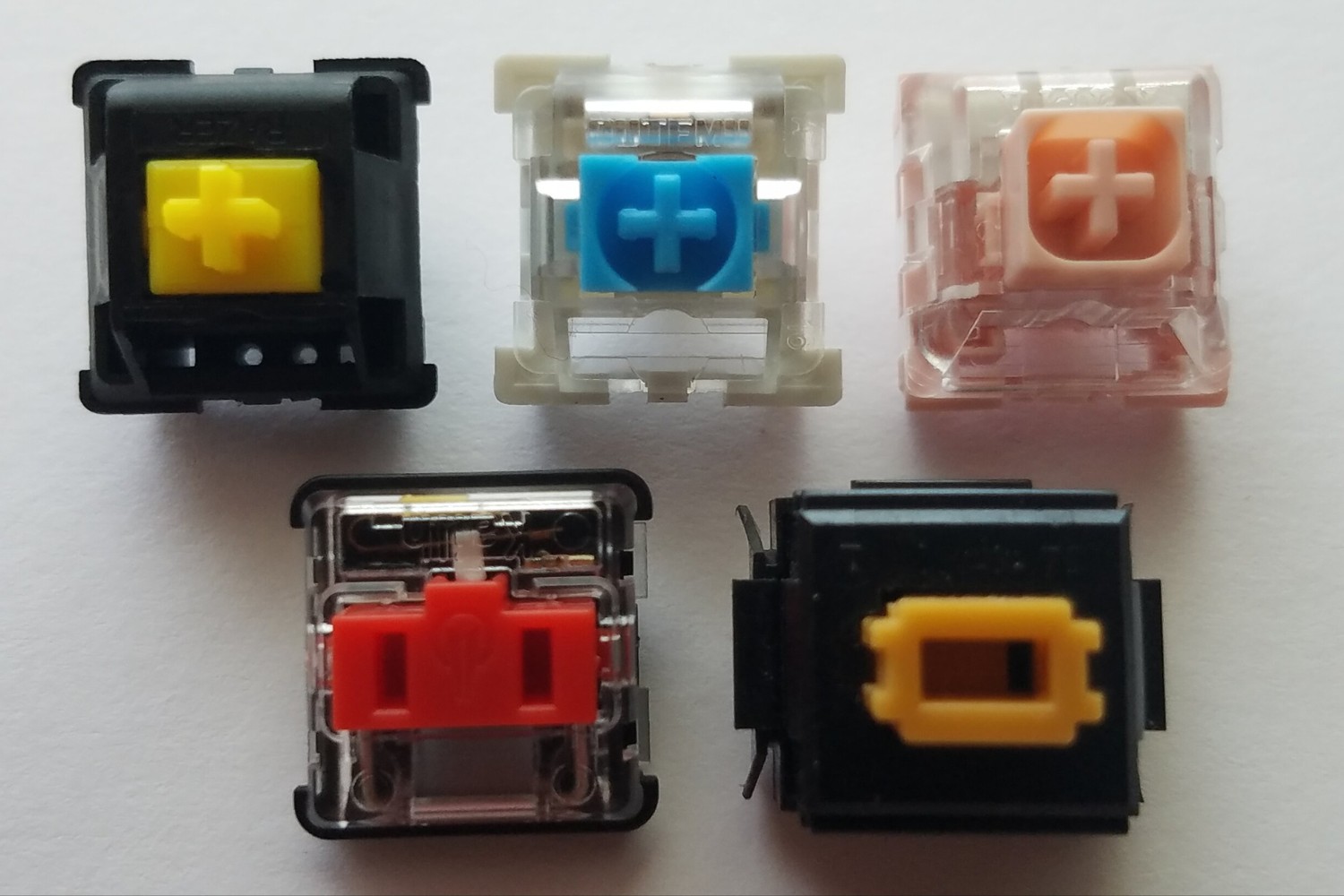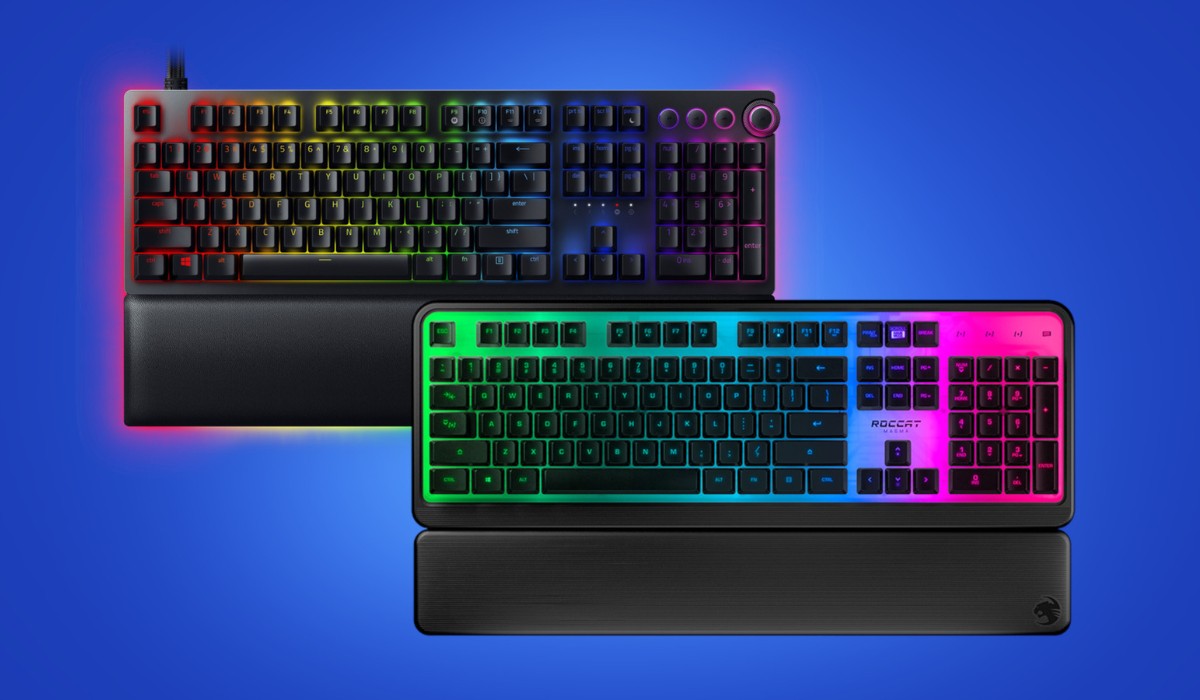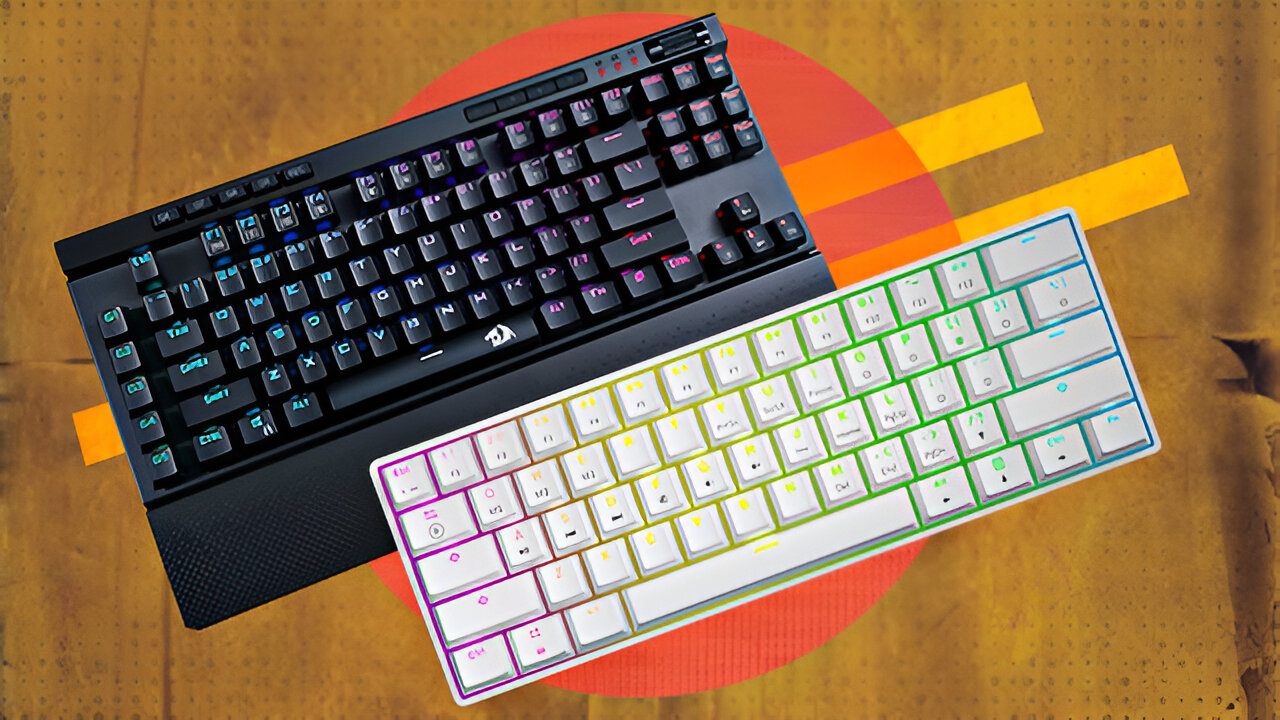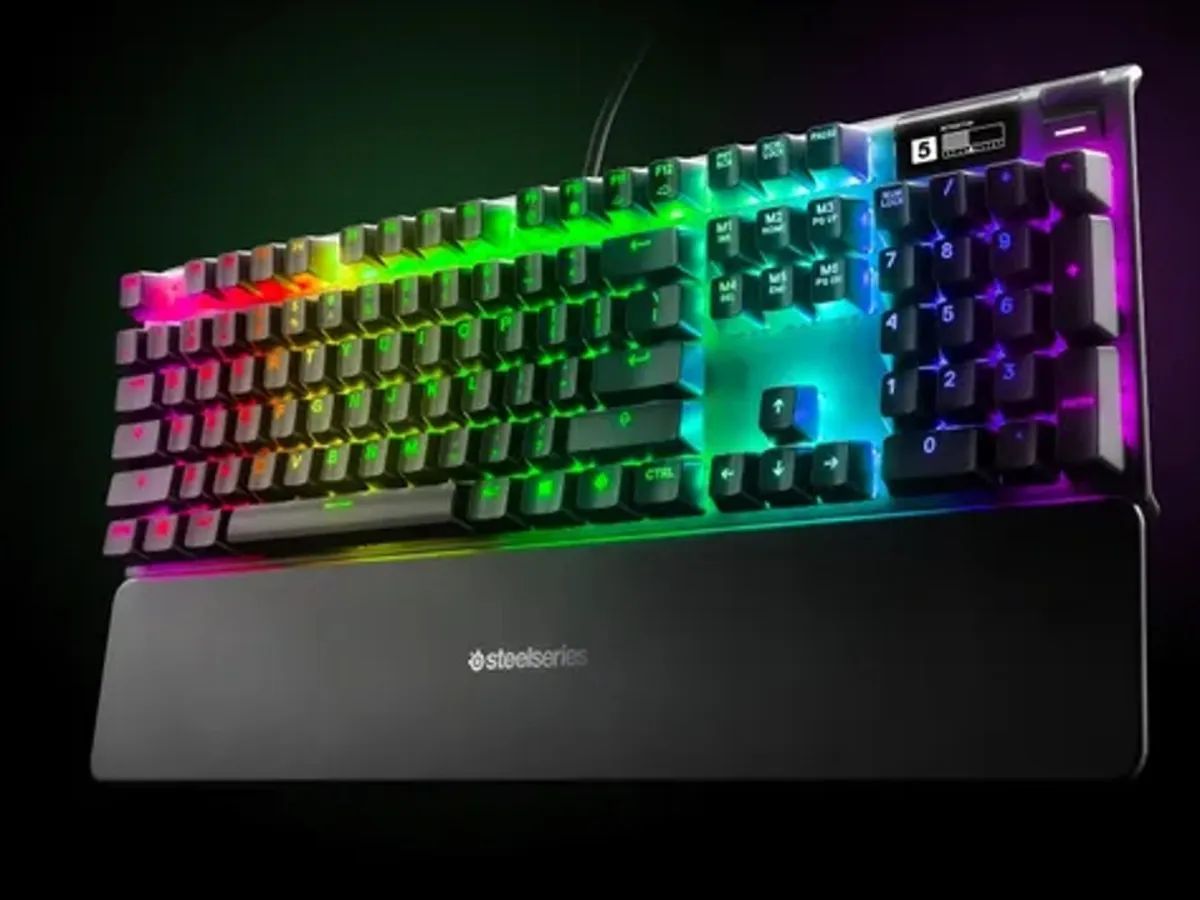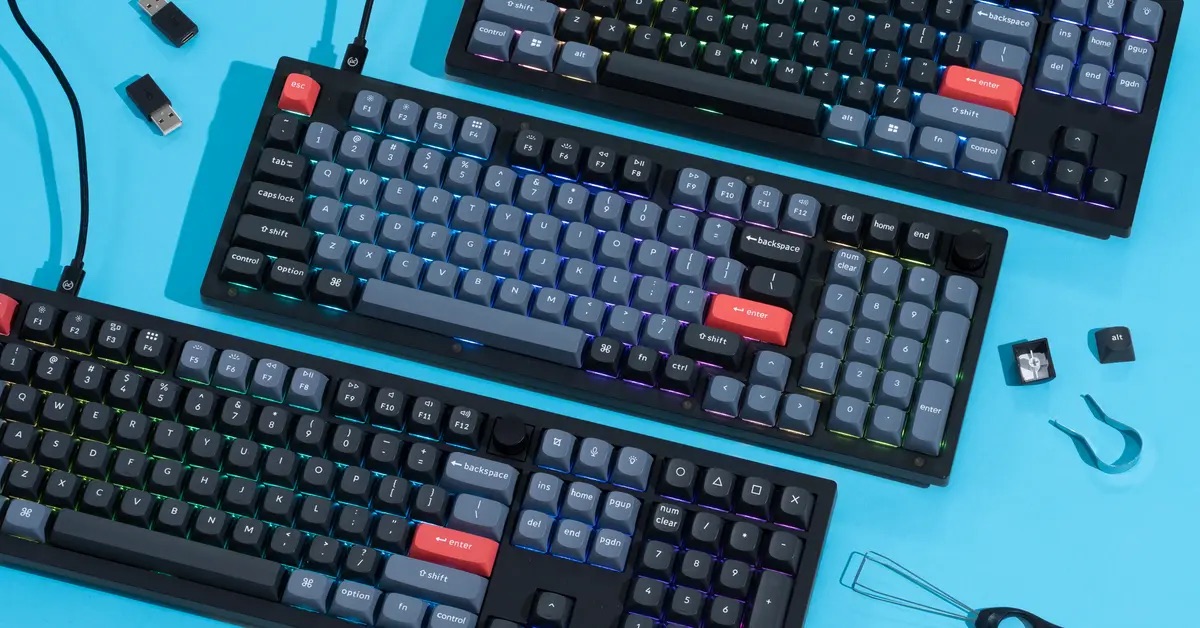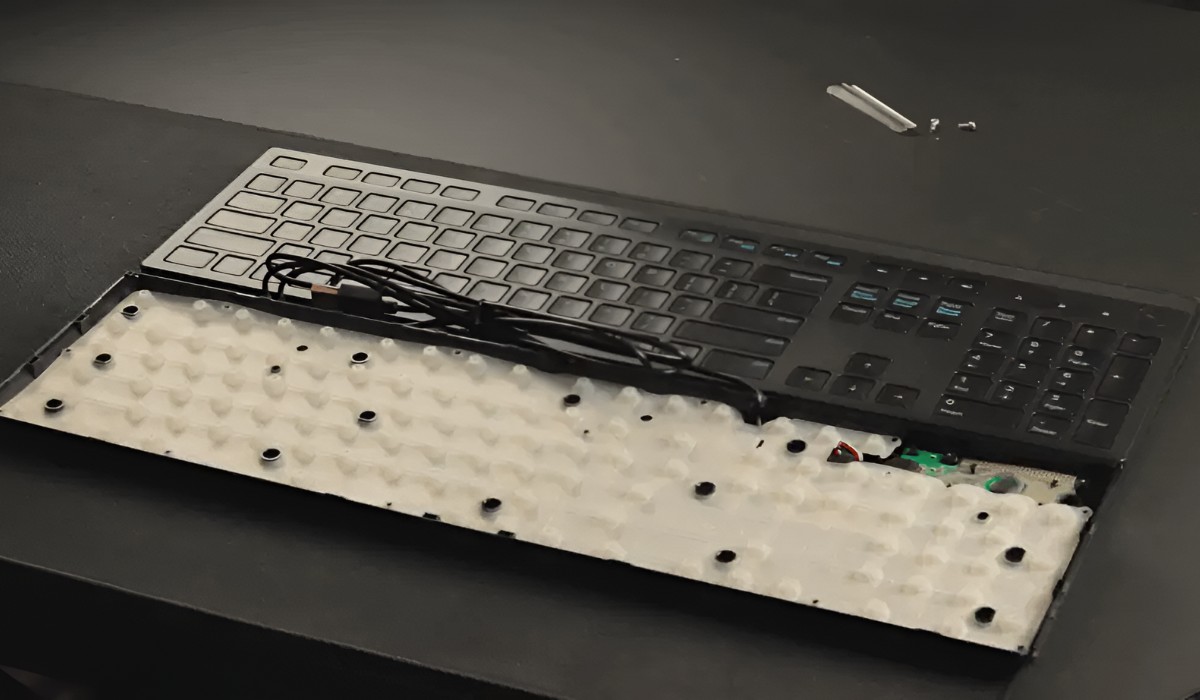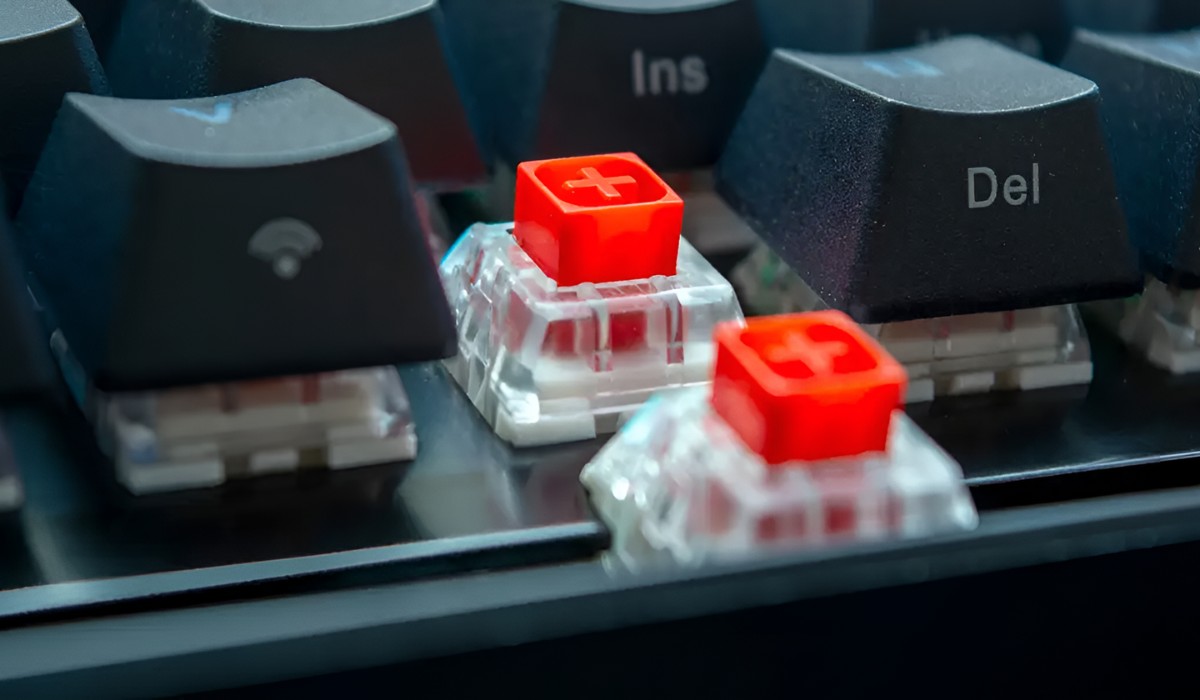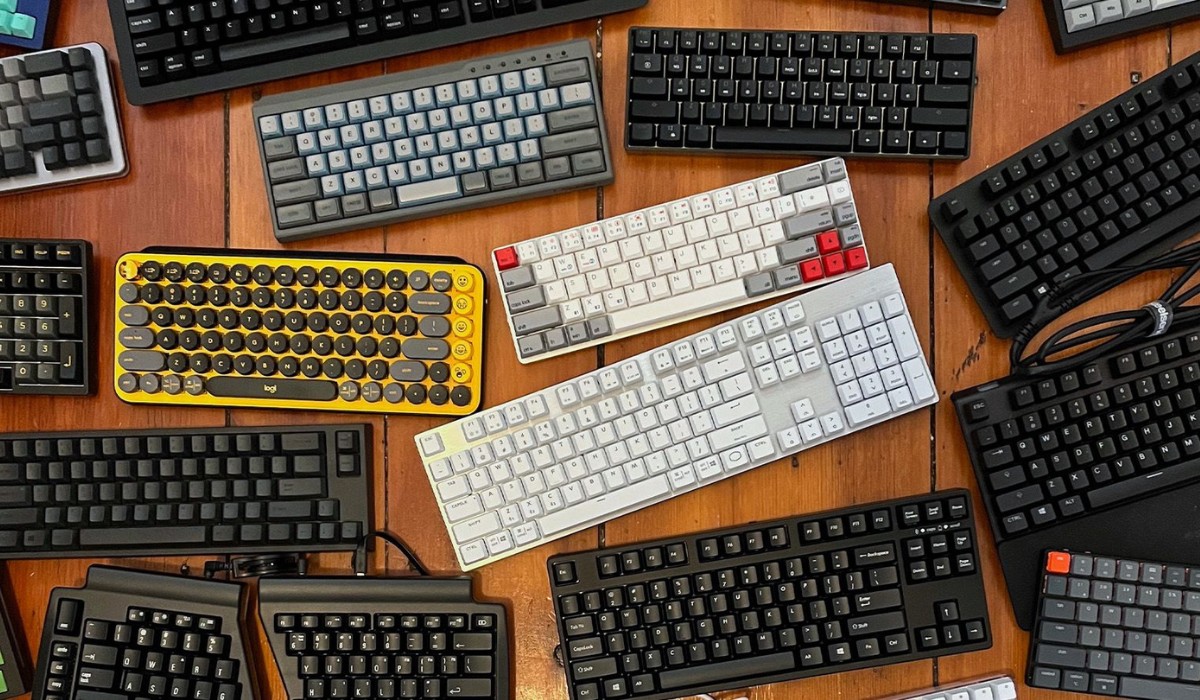Introduction
Mechanical keyboards have gained significant popularity among users who value precision, comfort, and customization in their typing experience. Unlike traditional rubber dome keyboards, which utilize a membrane beneath the keys, mechanical keyboards feature individual mechanical switches for each key. These switches are responsible for determining the feel, sound, and actuation of the keys, offering a diverse range of options to cater to different user preferences.
The world of mechanical keyboard switches is vast and varied, with each type offering distinct tactile feedback, actuation force, and audible response. Understanding the differences between these switches is crucial for anyone looking to invest in a mechanical keyboard tailored to their specific needs and preferences.
In this article, we will delve into the realm of mechanical keyboard switches, exploring the various types available and shedding light on the unique characteristics of each. By the end of this journey, you will have gained valuable insights into the world of mechanical keyboard switches, empowering you to make an informed decision when selecting the ideal switch type for your typing and gaming endeavors. So, let's embark on this enlightening exploration of mechanical keyboard switches and unravel the intricacies that make each switch type distinct and appealing.
What Are Mechanical Keyboard Switches?
Mechanical keyboard switches are the individual mechanisms beneath each key that register keystrokes. Unlike the membrane switches found in traditional rubber dome keyboards, mechanical switches are composed of several moving parts, including a housing, spring, and stem. These components work in unison to provide a unique typing experience characterized by tactile feedback, actuation force, and audible sound.
One of the defining features of mechanical switches is their durability. Most mechanical switches are rated for tens of millions of keystrokes, ensuring a long lifespan and consistent performance over time. This robust construction makes mechanical keyboards a preferred choice for users who demand reliability and longevity from their peripherals.
Furthermore, mechanical switches offer a customizable typing experience, allowing users to select a switch type that aligns with their preferences. Whether you prefer a tactile bump with an audible click, a subtle tactile bump without the click, or a smooth and linear keystroke, there is a mechanical switch tailored to your needs.
Another notable aspect of mechanical switches is their actuation point, which refers to the distance the key must travel to register a keystroke. This feature is crucial for gamers and touch typists who rely on precise input and rapid key presses. By understanding the actuation point of different switch types, users can optimize their typing speed and gaming performance according to their specific requirements.
Overall, mechanical keyboard switches are the cornerstone of the mechanical keyboard experience, offering a level of customization, durability, and performance that sets them apart from traditional membrane keyboards. As we delve deeper into the realm of mechanical switches, we will explore the distinct characteristics of clicky, tactile, and linear switches, unraveling the nuances that make each type unique and appealing.
Different Types of Mechanical Keyboard Switches
Mechanical keyboard switches come in various types, each offering a unique combination of tactile feedback, actuation force, and auditory response. Understanding the differences between these switch types is essential for selecting a keyboard that aligns with your typing or gaming preferences. The three primary categories of mechanical keyboard switches are clicky switches, tactile switches, and linear switches, each catering to distinct user preferences and usage scenarios.
Clicky switches are characterized by a pronounced tactile bump and an audible click sound upon actuation. These switches provide a satisfying typing experience with tactile feedback and audible confirmation of key presses. The distinctive click sound sets clicky switches apart, making them a popular choice among typists who enjoy the audible response and precise feedback. However, the audible click may not be suitable for shared work environments or quiet settings.
Tactile switches, on the other hand, offer a tactile bump without the audible click, providing a more subtle typing experience while retaining the tactile feedback. The tactile bump indicates the actuation point of the key, allowing users to discern key presses without the accompanying click sound. This makes tactile switches an ideal choice for users who prefer tactile feedback without the audible distraction, making them suitable for both work and gaming environments.
Linear switches, the third category, offer a smooth and consistent keystroke without a tactile bump or audible click. These switches provide a linear actuation, making them preferred by gamers and users who prioritize rapid, uninterrupted keystrokes. The absence of a tactile bump results in a seamless typing experience, allowing for swift and precise input without the tactile feedback present in clicky and tactile switches.
Each type of mechanical keyboard switch has its own set of characteristics and advantages, catering to different user preferences and typing styles. By exploring the distinct traits of clicky, tactile, and linear switches, users can make an informed decision when selecting a mechanical keyboard that best suits their individual needs and enhances their overall typing or gaming experience.
Clicky Switches
Clicky switches are a type of mechanical keyboard switch known for their distinctive tactile feedback and audible click sound upon actuation. These switches are favored by users who appreciate the tactile response and auditory confirmation of key presses. The tactile feedback in clicky switches is attributed to a mechanism within the switch that provides a noticeable bump when the key is pressed, signaling the actuation point to the user.
One of the key characteristics of clicky switches is the audible click sound that accompanies each key press. This audible feedback serves as a reassuring confirmation of keystrokes, providing typists with a sense of assurance and precision as they type. The distinct click sound sets clicky switches apart from other switch types, contributing to a unique and satisfying typing experience.
Typists who enjoy the tactile and audible feedback of clicky switches often find them beneficial for touch typing, as the pronounced tactile bump and audible click help maintain a consistent typing rhythm and reduce the likelihood of typographical errors. Additionally, the auditory feedback can enhance the overall typing experience, providing a sense of satisfaction and engagement with each keystroke.
However, it’s important to note that the audible click of clicky switches may not be suitable for all environments. In shared workspaces or quiet settings, the sound produced by clicky switches may be disruptive to others. As a result, users in such environments may opt for quieter switch types, such as tactile or linear switches, to minimize noise while maintaining a tactile typing experience.
Overall, clicky switches offer a unique combination of tactile feedback and audible click sound, making them a preferred choice for users who appreciate the distinct typing experience they provide. Whether for typing, gaming, or general computer use, clicky switches cater to individuals who seek a tactile and auditory connection with their keyboards, adding a touch of satisfaction and precision to their daily interactions with the digital realm.
Tactile Switches
Tactile switches are a category of mechanical keyboard switches renowned for their subtle yet discernible tactile feedback without the audible click associated with clicky switches. These switches provide users with a tactile bump upon actuation, offering a responsive and satisfying typing experience without the auditory distraction of clicky switches. The tactile feedback in these switches is designed to provide users with a distinct sensation when a key is pressed, enhancing typing accuracy and comfort.
One of the key advantages of tactile switches is their ability to provide tactile feedback without generating the audible click sound, making them suitable for environments where noise levels must be minimized. This feature makes tactile switches an ideal choice for shared workspaces, offices, and quiet settings where users require a tactile typing experience without causing disruptions to others.
Typists who prefer tactile switches often appreciate the subtle tactile bump that indicates the actuation point of the key, allowing for precise and deliberate keystrokes. The tactile feedback aids touch typists in maintaining a consistent typing rhythm and reducing the likelihood of typing errors, contributing to an efficient and enjoyable typing experience.
Furthermore, tactile switches are favored by users who value the tactile feedback for gaming purposes, as the distinct bump provides gamers with tactile confirmation of key presses, enhancing their gaming performance and responsiveness. The tactile sensation of these switches can significantly improve the gaming experience by providing users with a tangible and reassuring connection to their keyboard during intense gaming sessions.
Overall, tactile switches offer users a balanced and satisfying typing experience by combining tactile feedback with a quiet operation, making them suitable for a wide range of applications, including typing, gaming, and office environments. The subtle yet perceptible tactile bump of these switches adds a layer of precision and comfort to the typing experience, catering to users who seek a tactile connection with their keyboards without the audible click associated with other switch types.
Linear Switches
Linear switches are a type of mechanical keyboard switch known for their smooth and consistent keystrokes without the tactile bump or audible click present in clicky and tactile switches. These switches offer a linear actuation, providing users with a seamless and uninterrupted typing or gaming experience. The absence of a tactile bump or audible click distinguishes linear switches, making them a preferred choice for users who prioritize swift and frictionless keystrokes.
One of the key features of linear switches is their consistent actuation force throughout the keystroke, allowing users to apply uniform pressure from the beginning to the end of the key press. This characteristic makes linear switches ideal for gaming, as it enables gamers to execute rapid and precise keystrokes without the tactile resistance or audible feedback that may be present in other switch types.
For touch typists and users who require a smooth and uninterrupted typing experience, linear switches offer a seamless keystroke that facilitates rapid and accurate typing. The absence of a tactile bump allows for a fluid transition between keys, making linear switches conducive to sustained typing sessions where a consistent keystroke feel is desired.
Furthermore, the quiet operation of linear switches makes them suitable for shared work environments and quiet settings where minimizing keyboard noise is essential. Users who value a quiet and unobtrusive typing experience may find linear switches to be an ideal choice, as they provide a tactile-free and silent keystroke without sacrificing performance.
Overall, linear switches cater to users who prioritize a smooth and consistent typing or gaming experience without the tactile feedback or audible click associated with other switch types. Whether for gaming, typing, or office use, linear switches offer a frictionless and quiet keystroke that supports rapid and precise input, making them a valuable option for users seeking a seamless and silent keyboard interaction.
Conclusion
In conclusion, the realm of mechanical keyboard switches offers a diverse array of options, each tailored to specific user preferences and typing or gaming requirements. Clicky switches, characterized by tactile feedback and an audible click, provide typists with a distinct and engaging typing experience, while tactile switches offer a subtle tactile bump without the audible click, making them suitable for quiet environments and gaming. Linear switches, known for their smooth and consistent keystrokes without tactile feedback or audible click, cater to users who prioritize a frictionless and silent typing or gaming experience.
Understanding the unique characteristics of each switch type empowers users to make informed decisions when selecting a mechanical keyboard that aligns with their individual needs and preferences. Whether seeking a tactile and auditory connection with their keyboard, a quiet and tactile typing experience, or a smooth and uninterrupted keystroke, users can find a mechanical switch type that enhances their overall typing or gaming endeavors.
Ultimately, the world of mechanical keyboard switches is rich with options, allowing users to personalize their typing experience and optimize their performance based on their specific requirements. By exploring the nuances of clicky, tactile, and linear switches, users can embark on a journey of discovery, uncovering the switch type that resonates with their typing style, gaming preferences, and environmental considerations.
As technology continues to evolve, the landscape of mechanical keyboard switches may witness further innovations and refinements, offering users an even broader spectrum of options to enhance their digital interactions. Whether for work, play, or creative pursuits, the right mechanical keyboard switch can elevate the user experience, providing a tangible and satisfying connection to the digital realm.







